Air New Zealand has taken delivery of the 12th aircraft in a planned fleet of 29 new ATR planes aimed at boosting its regional network. The newly built 68-seat ATR72-600 was handed over during a ceremony on the outskirts of the city of Toulouse, in south-west France last week. The airline's 13th aircraft in the series stood alongside – almost ready to be handed over as well.
After accepting the new plane from ATR senior vice-president operations Thierry Casale, Air NZ regional airlines general manager Sarah Williamson said it was expected to be 2020 when Air NZ took delivery of the 29th planned new ATR72-600, which was set to make the airline the owner of the third largest ATR fleet in the world. No.1 is Lion Air in Indonesia, followed by Denmark-based Nordic Aviation Capital.

"We're very pleased to take delivery of our 12th aircraft," Williamson said. "We look forward to a long and ongoing association with ATR."
The additional aircraft for Air NZ's regional services meant "more seats for customers and certainly more seats at the lead-in fares".
Williamson said the typical sector in New Zealand was about an hour long, which was well suited to a turboprop – an aircraft with a turbine engine that drives propellers. ATR's 68-seat aircraft was "excellent" for Air NZ's needs "and we like the way ATR have worked hard on green credentials so that the aircraft is very efficient in terms of fuel, which means it burns less CO2".

Air NZ subsidiary Mt Cook Airline operates the ATR aircraft. Its head, former pilot Andrew Ward, said the ATR72-600 was a high-spec turboprop. In an upgrade of the ATR72-500, the 600 version also had a "full glass cockpit" featuring five screens of digital flight instrument displays as well as electronic maps and charts that were usually available only in the larger Airbus aircraft, Ward said.
In November, Air NZ announced it would buy 15 ATR72-600 aircraft. At list prices, the 15 new aircraft were collectively valued at $US375 million ($550m). Eleven of the aircraft were to replace the national carrier's ATR72-500 planes while the other four would help increase capacity on its growing regional network. The move to buy 15 new ATR 600s came after the company in 2012 announced its investment in an initial 14 ATR72-600 aircraft.
Williamson said the ATR72-500 aircraft would be sold. It follows a decision by Air NZ to phase out its 19-seat Beech 1900D aircraft – the smallest in its fleet. The Beech aircraft would also be sold, Williamson said.
Air NZ had also spent $1m refurbishing the interiors of its 23 Bombardier Q300s, which would continue to fly routes on its regional network, including Nelson-Wellington and Nelson-Christchurch.
In the 2016 financial year, Air NZ was on track to operate 5.9 million seats into and out of regional centres, a spokeswoman said. It had also offered more than 100,000 fares for less than $50 on its regional network.
"In FY17, we will further increase regional capacity by approximately 3 per cent," she said. "Increasing capacity results in even more low-priced fares as we have to build and further stimulate the demand required to fill these extra seats."
The multimillion-dollar investment in the ATR aircraft comes as competitors, such as Jetstar, boost their domestic routes.
Based on the outskirts of Toulouse, ATR is a joint partnership between Airbus and Finmeccanica, two major European aeronautics companies. Established in 1981, ATR had a turnover of $US2 billion in 2015.
The writer flew to France courtesy of Air New Zealand.
- Stuff
CHERIE SIVIGNON
Last updated 08:19, May 19 2016


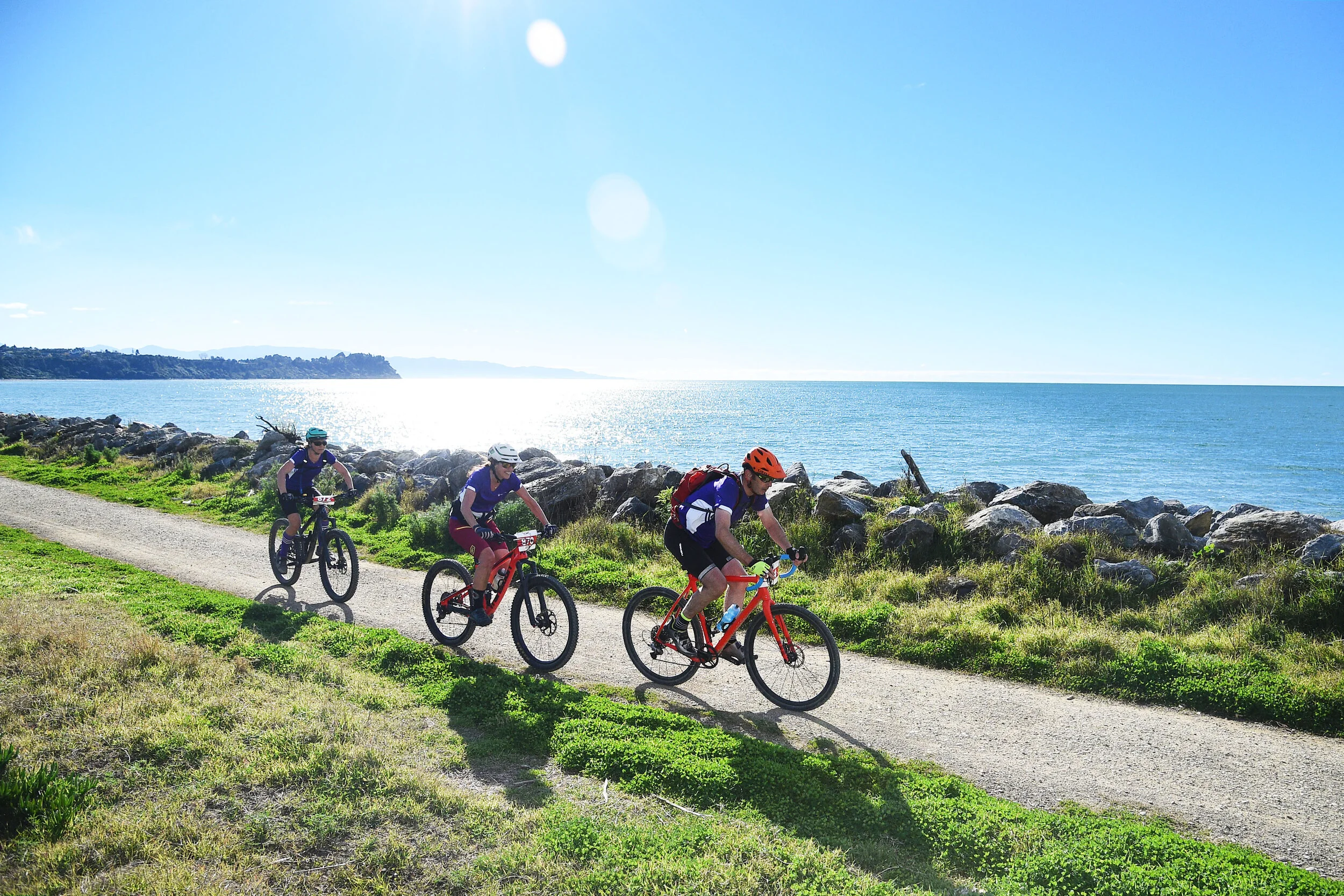



 The world's airlines have ambitious plans to double the fleet of commercial jets during the next two decades. The trouble: there won't be enough controllers to help those 44,000 planes take off and land safely.
The world's airlines have ambitious plans to double the fleet of commercial jets during the next two decades. The trouble: there won't be enough controllers to help those 44,000 planes take off and land safely. Aviation stands to save $2 billion over the next 20 years by replacing ageing air traffic management systems with modern technology, says New Southern Sky director Steve Smyth.
Aviation stands to save $2 billion over the next 20 years by replacing ageing air traffic management systems with modern technology, says New Southern Sky director Steve Smyth.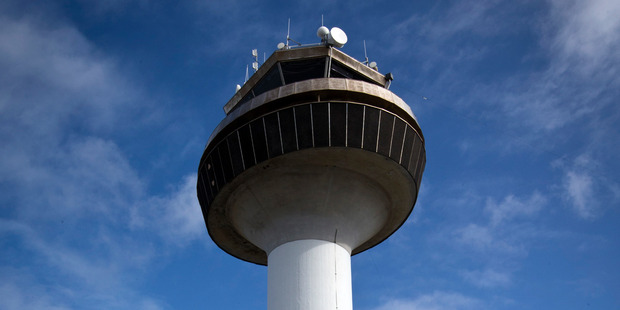
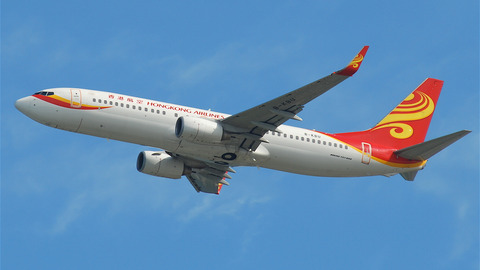 Hong Kong Airlines will start daily services to Auckland in November, the latest in a growing number of carriers to serve New Zealand.
Hong Kong Airlines will start daily services to Auckland in November, the latest in a growing number of carriers to serve New Zealand. Airways is dealing with an unprecedented surge in demand as travel booms and it hosts a major conference.
Airways is dealing with an unprecedented surge in demand as travel booms and it hosts a major conference.




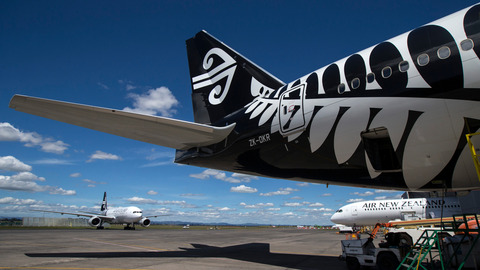 Air New Zealand says its 2017 earnings won't match the $800 million it has forecast for 2016 as the airline faces increased competition and gets less benefit from foreign exchange hedging.
Air New Zealand says its 2017 earnings won't match the $800 million it has forecast for 2016 as the airline faces increased competition and gets less benefit from foreign exchange hedging.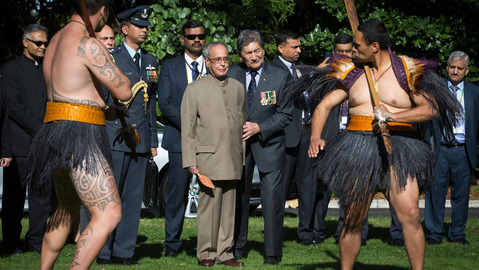 A new deal between New Zealand and India opens the door for a direct flight between the two countries.
A new deal between New Zealand and India opens the door for a direct flight between the two countries.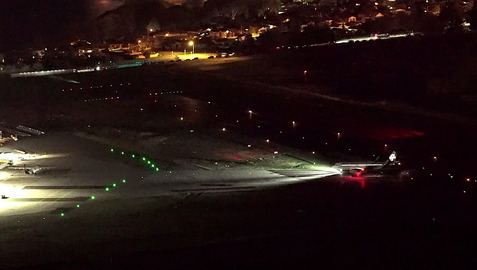
 Increased airline competition on routes between Los Angeles and New Zealand has pushed fares down as low as NZ$328 return when booked in the United States.
Increased airline competition on routes between Los Angeles and New Zealand has pushed fares down as low as NZ$328 return when booked in the United States.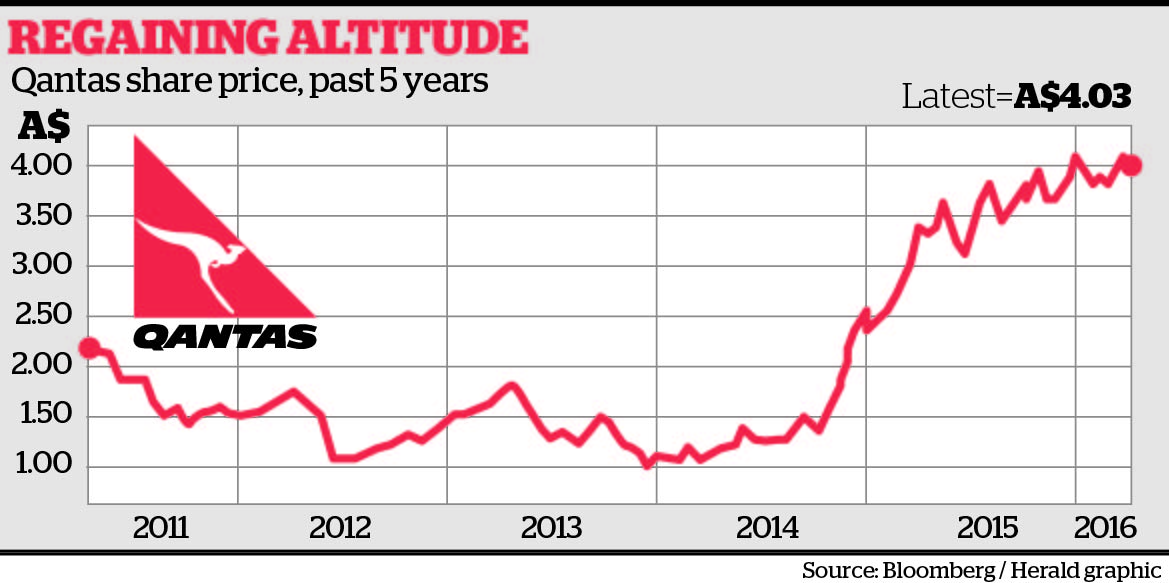
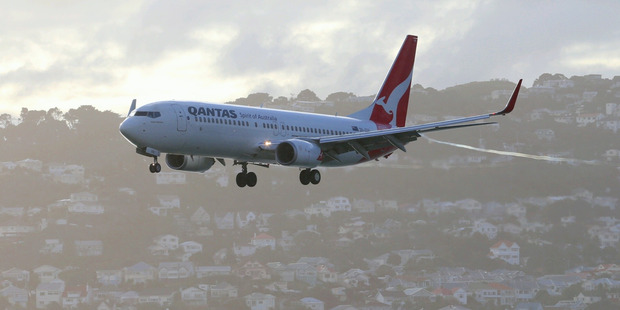
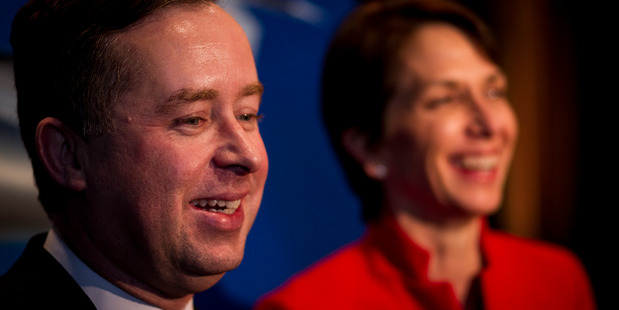
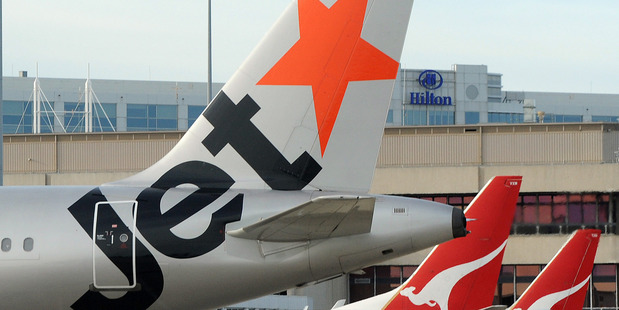


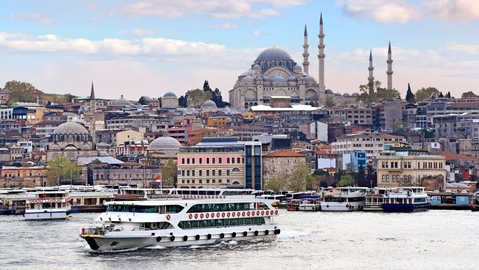 By Grant Bradley
By Grant Bradley Nelson-based Originair is temporarily earthbound but hopes to be flying again shortly, managing director Robert Inglis says.
Nelson-based Originair is temporarily earthbound but hopes to be flying again shortly, managing director Robert Inglis says.